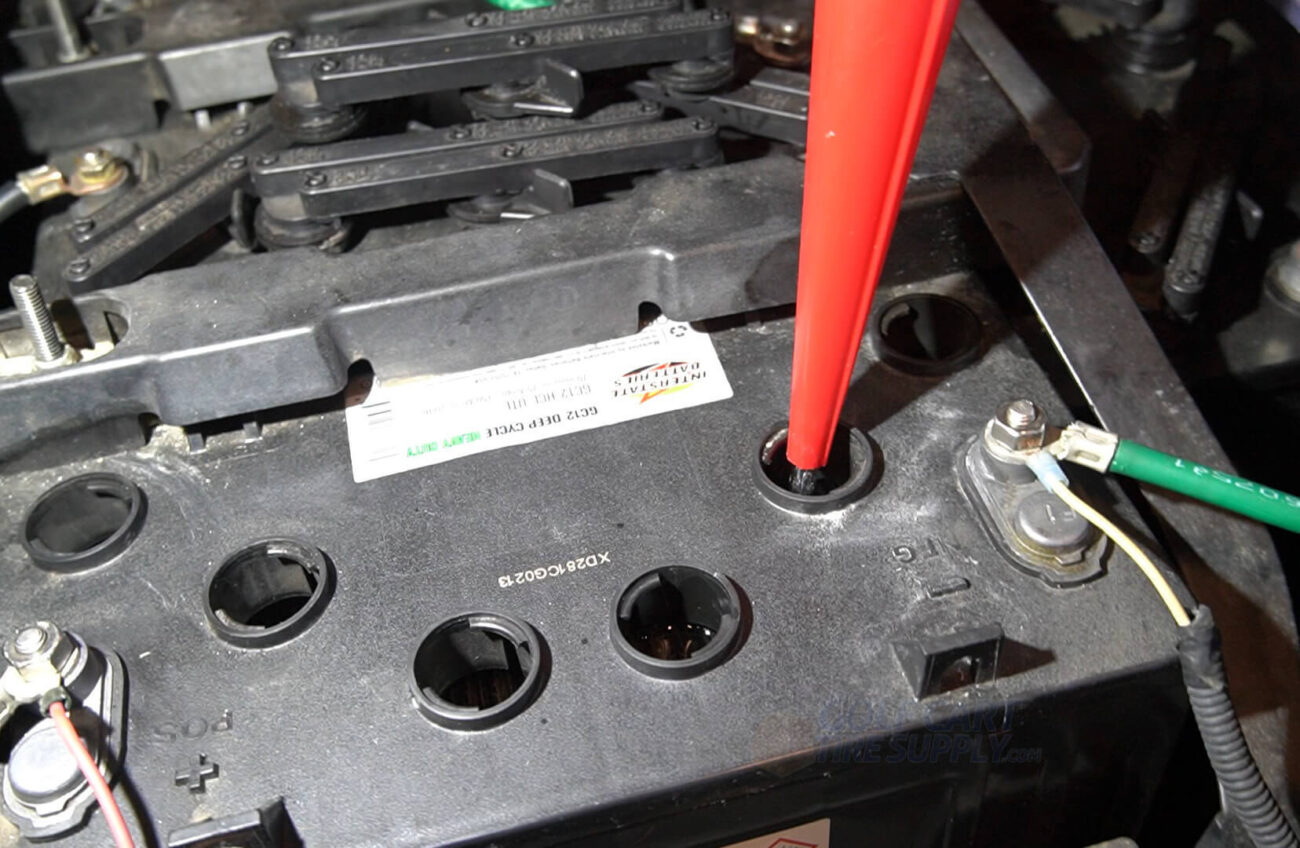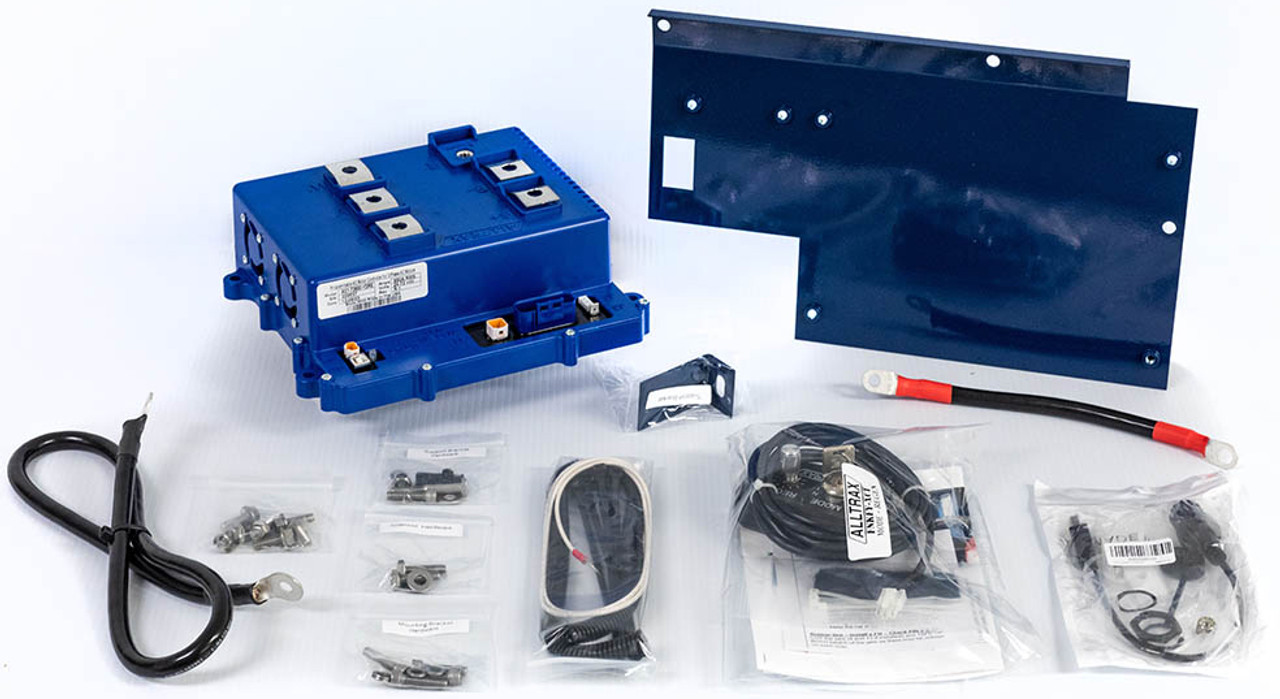
How to Start a Golf Cart with a Choke: A Step-by-Step Guide
Starting a gas-powered golf cart with a choke can be a straightforward process, but it's important to do it correctly to avoid engine damage and ensure smooth operation. The choke helps regulate the air-fuel mixture when starting a cold engine. This article will walk you through the necessary steps to start your golf cart with a choke, and provide troubleshooting tips for common issues that might arise during the process.
What Is a Choke and Why Is It Important?
The choke on a gas-powered golf cart regulates the amount of air entering the engine, especially when it’s cold. When you pull or press the choke lever, it limits the amount of air going into the carburetor, creating a richer fuel mixture. This helps the engine start more easily, especially in colder temperatures. Once the engine warms up, you gradually release the choke to allow more air into the carburetor, which normalizes the fuel-air mixture for efficient running.
Steps to Start a Golf Cart with a Choke
Starting a golf cart with a choke is simple if you follow these steps carefully. It’s important to remember that each golf cart may have slight variations depending on the make and model, but the basic process remains the same.
Step 1: Open the Choke
Before starting the engine, make sure the choke is engaged. On most golf carts, this is done by pulling a lever or pressing a button. The choke will usually be located near the throttle or on the dashboard. When the choke is engaged, it restricts air flow into the carburetor, helping the engine get the right mixture of fuel and air to start easily.
Step 2: Turn the Key to the "On" Position
Next, turn the ignition key to the "on" position. This activates the electrical systems of the golf cart, including the starter. Make sure your golf cart is in neutral before proceeding. This will ensure that the cart doesn’t move when the engine starts, preventing potential accidents.
Step 3: Press the Accelerator Pedal
Once the choke is engaged and the key is turned to the "on" position, press down gently on the accelerator pedal. This allows a small amount of fuel to enter the engine, aiding in the startup process. Do not press the pedal too hard, as this can flood the engine and make it harder to start.
Step 4: Start the Engine
Now, turn the ignition key to the "start" position. This will engage the starter motor and begin turning the engine over. You may need to hold the key in the "start" position for a few seconds to allow the engine to fully crank and start. Once the engine begins to run, you should hear a noticeable change in the sound of the motor as it starts firing and running on its own.
Step 5: Gradually Release the Choke
Once the engine starts, gradually begin to release the choke. This should be done slowly, allowing the engine to warm up as you release the choke. If you release the choke too quickly, the engine may stall or run poorly. Keep an eye on the engine’s performance as it warms up, and ensure it runs smoothly as you release the choke completely.
Step 6: Allow the Engine to Warm Up
Let the engine run for a few minutes to warm up fully. This allows the engine to reach an optimal operating temperature and ensures that it runs efficiently. Avoid driving the golf cart immediately after starting it, as the engine needs time to adjust to the normal temperature range for smooth operation.
Troubleshooting Tips for Common Startup Issues
Sometimes, even after following the correct procedure, your golf cart may not start properly. Here are some common issues and their solutions:
1. Engine Turns Over but Doesn’t Start
If the engine is turning over but not starting, this could be due to several reasons:
- Check the Fuel Level: Ensure there is enough fuel in the tank. If the fuel is low or stale, it may prevent the engine from starting properly. Always use fresh, clean fuel.
- Inspect the Spark Plug: A worn or dirty spark plug can cause starting issues. Remove the spark plug and inspect it for damage or wear. If necessary, clean or replace the spark plug to ensure proper ignition.
- Fuel Filter: A clogged fuel filter can restrict the flow of fuel to the engine. If the filter is dirty or blocked, replace it to allow proper fuel flow.
2. Carburetor Issues
If the engine is still having difficulty starting, the carburetor may be dirty or clogged. The carburetor controls the air-fuel mixture, and if it is blocked by debris or dirt, the engine may not start. Cleaning the carburetor can resolve many starting issues. Disassemble the carburetor carefully, clean all parts, and reassemble it properly.
3. Persistent Need for Choke
If your golf cart requires continuous use of the choke to run, it may indicate a problem with the carburetor or the fuel delivery system. A carburetor that’s not functioning correctly or a clogged fuel line can cause the engine to need more fuel to stay running, leading to the need for the choke to remain engaged. In this case, cleaning or servicing the carburetor and inspecting the fuel lines might be necessary.
Conclusion
Starting a golf cart with a choke is a simple process that can be done with just a few steps. By ensuring the choke is engaged, turning the key to the "on" position, pressing the accelerator, and starting the engine, you can quickly get your golf cart up and running. Gradually releasing the choke as the engine warms up is key to ensuring smooth performance. If you experience issues such as the engine turning over without starting or needing continuous choke use, troubleshooting fuel and carburetor problems can help resolve the situation.





Add a review
Your email address will not be published. Required fields are marked *